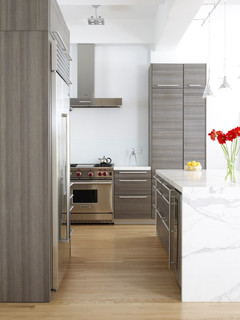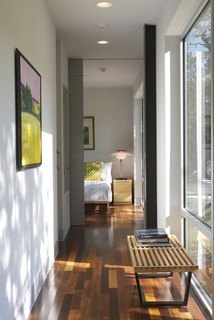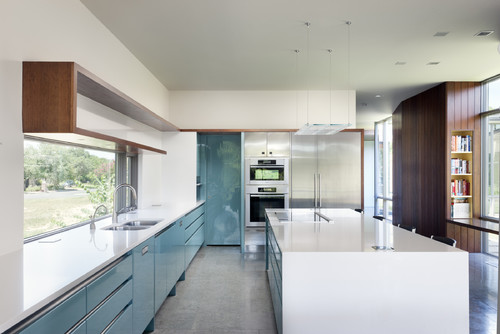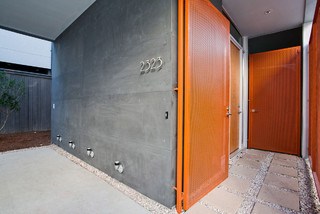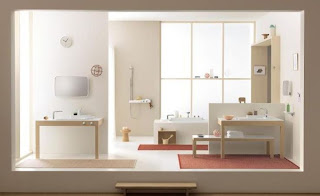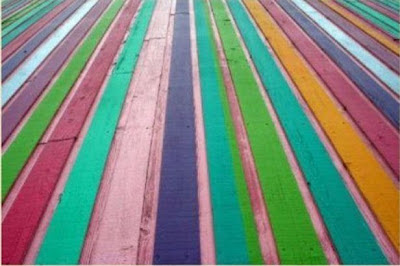Principles of Design - Balance
One of my favorite design principles is balance.
Balance in design is best described as a visual balance that relates to the apparent perceived weight of an objects within a space.
There are three basic types of balance symmetrical, asymmetrical and radial.
One of my favorite design principles is balance.
Balance in design is best described as a visual balance that relates to the apparent perceived weight of an objects within a space.
There are three basic types of balance symmetrical, asymmetrical and radial.
Symmetrical Balance:
Symmetrical balance refers to the arrangement of objects within a space that appear to have a a central axis and equal on both sides.
The picture above shows a very symmetrical interior design. The glass is mirrored from a central wall with a light fixture as it's focal point and the furniture is mirrored on both sides of the center wall.
Symmetrical design is used in a lot of traditional design. It feels more formal to the eye. It creates a sense of belonging for the objects in the room which is calming to some people. This type of symmetry is reflected in the human body which some think that is the reason people feel comfortable in a balanced space.
I do like symmetrical design. I like order so I am calm and happy in a very balanced space.
Asymmetrical balance:
Asymmetrical balance is used in contemporary and modern design. Balance is achieved with some dissimilar object that have equal visual weight. Asymmetrical balance is more casual and less rigid but more difficult to achieve. Asymmetry suggests movement within an interior space.
The picture below shows asymmetrical balance with the similar look of the red womb chair on the left side of the space and the Eames chair on and couch on the right side of the room. They visual balance the room but the space is not a mirror image.
I do like asymmetrical balance and it does take a good eye to pull it off well. It also creates a unique design.
Radial symmetry:
Radial symmetry is very similar to symmetrical balance but the design arrays around a center point.
In the picture below shows a great example of radial balance with the tulip table and chairs, the light fixture and even the daisy flowers on the table. They also also have a hint of red on them which also creates unity in the space as well.
I am building a new house and I have used both symmetrical and asymmetrical balance in the design. I will share photos of the new house this spring after it is done and after I share the remaining design principles.
Thanks again for enjoying my blog this year. I can't believe how many people have read my blog and enjoyed reading about what shoes go with what pants. I will be writing another post in the near future about shoes 101. It will describe the different styles of shoes since I am such a HUGE fan of shoes.
Happy Holidays and thanks for following in 2012! See you in 2013.
References:
- Kilmer, Rosemary & Kilmer W.Otie (1992). Designing Interios. Orlando, FL. Harcourt Brace Jovanovich College Publishers. pp. 114-116









